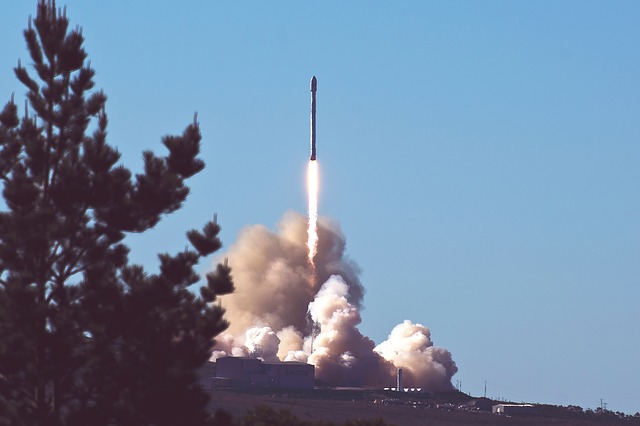
Different kinds of combat situations require different kinds of weapons and missile systems.
Among the most commonly used systems for defense is the surface to air missiles or SAMs. These are a form of anti-air weaponry launched from the ground. SAMs are made primarily for the purposes of countering threats such as hostile aircraft and other airborne missiles.
Different Types of Surface to Air Missiles
Surface to air missiles can be classified into different types according to altitude, mobility, and other features. However, they are typically categorized according to two main non-mutually exclusive criteria: guidance system and range.

Surface to Air Missiles Types by Guidance Systems
In terms of guidance systems, surface-to-air missiles are split between those that utilize radar and those that make use of anything else such as infrared and lasers. Radar is the most commonly employed by missiles of relatively longer range, in the form of semi-active radar homing or SARH.
Smaller missiles typically use non-radar-based guidance systems. A common example would be infrared, which allows missiles to home in on a target without the need for any other extraneous signals. A laser-based variation of SARH also exists in a number of newer systems, which have proven to be both fast and accurate in relatively short ranges.
Surface to Air Missiles Types by Range
There are three main range groups for surface to air missile. These are the short-range MANPADS or man-portable air-defense systems, medium-range, and long-range.
MANPADS have ranges of around 3 kilometers and are typically used against aircraft at low altitudes such as helicopters. Long-range missiles reach an average distance of 150 kilometers. They are large and heavy, owing to greater amounts of fuel and electronics to support their effective range. Medium-range missiles can go anywhere from 8 to 75 kilometers. They are fast with high mobility, and many of them are mounted on armored vehicles.